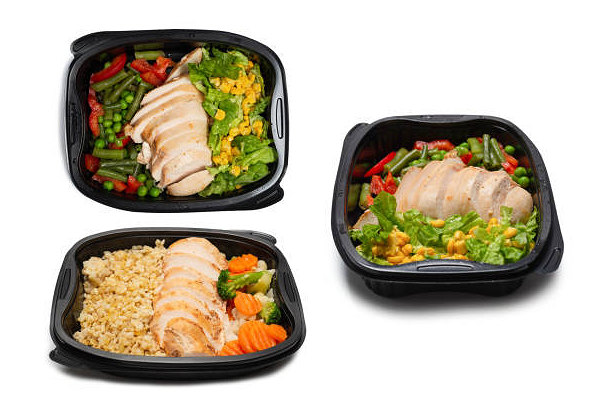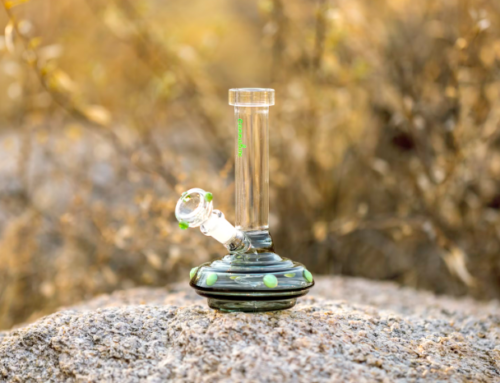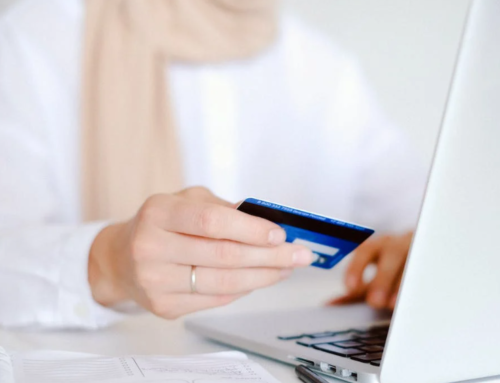In an era where environmental consciousness is at its peak, the shift towards sustainable living has become more than just a trend; it’s a necessity. Among the various facets of sustainability, one that stands out in its impact and immediacy is the choice of packaging materials.
The traditional use of plastics and non-biodegradable materials has significantly contributed to environmental degradation.
However, with the advent of eco-friendly alternatives, there is a hopeful shift towards a greener future. We delve into sustainable packaging solutions, highlighting their benefits, challenges, and overall impact on our planet.
Assessing Biodegradable Packaging
Biodegradable packaging refers to materials that can break down and return to nature quickly after disposal. This type of packaging is made from various organic materials, including plant-based plastics, recycled paper, and natural fibres. The critical advantage of biodegradable packaging is its minimal environmental impact compared to traditional plastics, which can take hundreds of years to decompose.
Benefits of Choosing Eco-Friendly Packaging Options
The primary benefit of biodegradable packaging is its reduced environmental footprint. These materials decompose naturally, thereby reducing landfill waste and pollution. Additionally, the production process of eco-friendly packaging often requires less energy and resources, contributing to lower carbon emissions. For businesses, adopting sustainable packaging solutions aligns with environmental responsibility and resonates with the growing number of eco-conscious consumers, potentially boosting brand image and customer loyalty.
Challenges in the Shift to Sustainable Packaging
Despite the clear benefits, the transition to biodegradable packaging presents several challenges. One of the main issues is cost. Eco-friendly materials can be more expensive than traditional plastics, making them less accessible for small businesses and consumers. Additionally, there are concerns regarding the durability and practicality of some biodegradable materials, particularly in industries that require robust packaging solutions.
The Role of Consumers and Businesses in Promoting Sustainable Packaging
Consumers play a crucial role in driving the demand for eco-friendly packaging. By choosing products with sustainable packaging and advocating for environmental responsibility, consumers can influence businesses to adopt greener practices. On the other hand, corporations are responsible for exploring and implementing sustainable packaging, balancing ecological concerns with practicality and cost-effectiveness.
Global Trends and Innovations in Eco-Friendly Packaging
Globally, there has been a significant surge in adopting biodegradable packaging initiatives. Innovations in this field are continually emerging, ranging from edible packaging to compostable mailers. These advancements offer practical solutions and inspire further research and development in sustainable materials.
The Australian Perspective on Sustainable Packaging
In Australia, the awareness and adoption of eco-friendly packaging have steadily increased. Australian businesses are recognising the importance of sustainability, not just for environmental reasons but also for maintaining competitiveness in a global market. Consumers in Australia are also increasingly demanding products with minimal environmental impact, reflecting a broader shift towards sustainability in the region.
The Future of Packaging: Embracing Eco-Friendly Alternatives
The future of packaging lies in the hands of both businesses and consumers. As awareness grows and technology advances, the shift towards green packaging alternatives will likely become more pronounced. The challenge lies in finding the right balance between environmental responsibility, practicality, and affordability.
Conclusion
The move towards eco-friendly packaging solutions is a critical step in our journey towards sustainability. While challenges exist, the benefits of adopting biodegradable packaging are clear and far-reaching.
It’s a collective effort that requires the participation of businesses, consumers, and policymakers. By embracing eco-friendly alternatives, we can significantly impact our environment, paving the way for a greener and more sustainable future.
For those interested in understanding more about the environmental impact of traditional packaging materials, a deeper dive into the consequences of plastic pollution provides valuable insights. The topic sheds light on the urgency of transitioning to sustainable packaging solutions and each individual’s role in making a difference.






